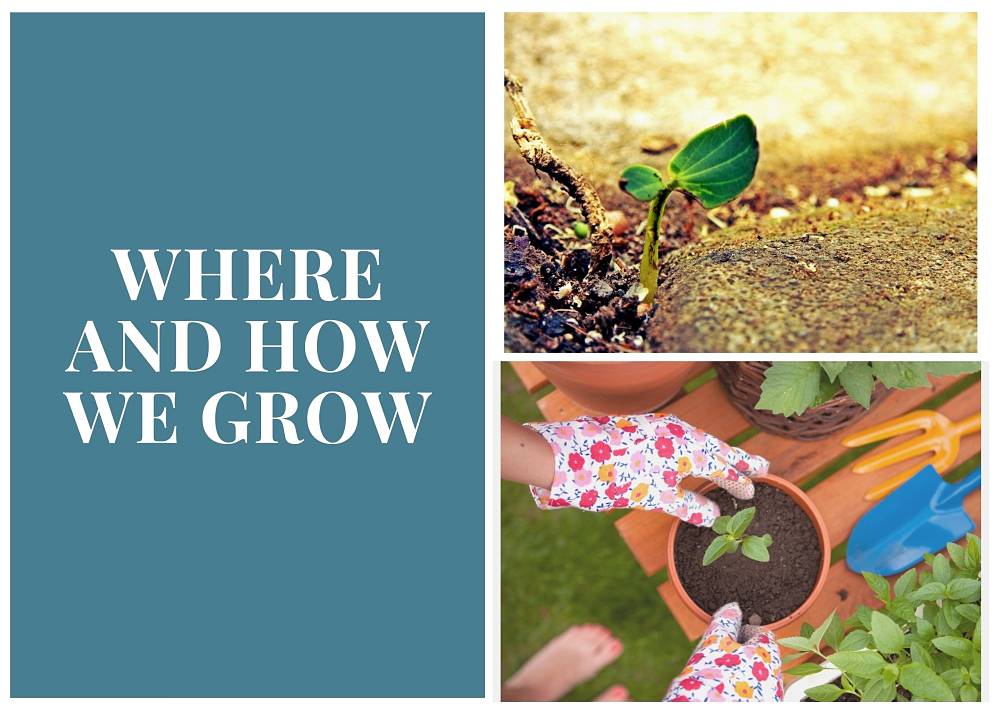1) Persistent poverty/Working poor (~20% of the population/control roughly -1% of U.S total net wealth) 2) Settled working class (~40%/control roughly 3%) 3a) Lower/ 3b) Professional middle (~20%/control roughly 8%) 4) Upper middle (~19%/control roughly 49%) 5) Owning (~1%/control roughly 40%) 1
Persistent poverty: Less than a high school education. Outside the mainstream labor market, with significant unmet basic needs. May experience periods of homelessness, live in substandard housing, or seek public housing and other forms of assistance.
Working class: High school degree and sometimes vocational education. In supervised wage jobs or hands-on small business. Renting or modest homeownership.
Lower middle class: Relatively stable and decent-paying working-class jobs or small businesses. May live in marginally middle-class neighborhoods, but lack social and occupational prestige.
Professional middle class: Four-year college degree or more and in professional/managerial jobs with relatively more autonomy and often higher income and security. Homeownership in safe community with good schools.
Upper middle class: College and graduate degree or business success, enabling home ownership in communities with excellent schools. Trading up to bigger homes.
Owning class: Elite private schools and colleges. Enough income-producing assets to not need to work, and with multiple homes or a luxury home.2


